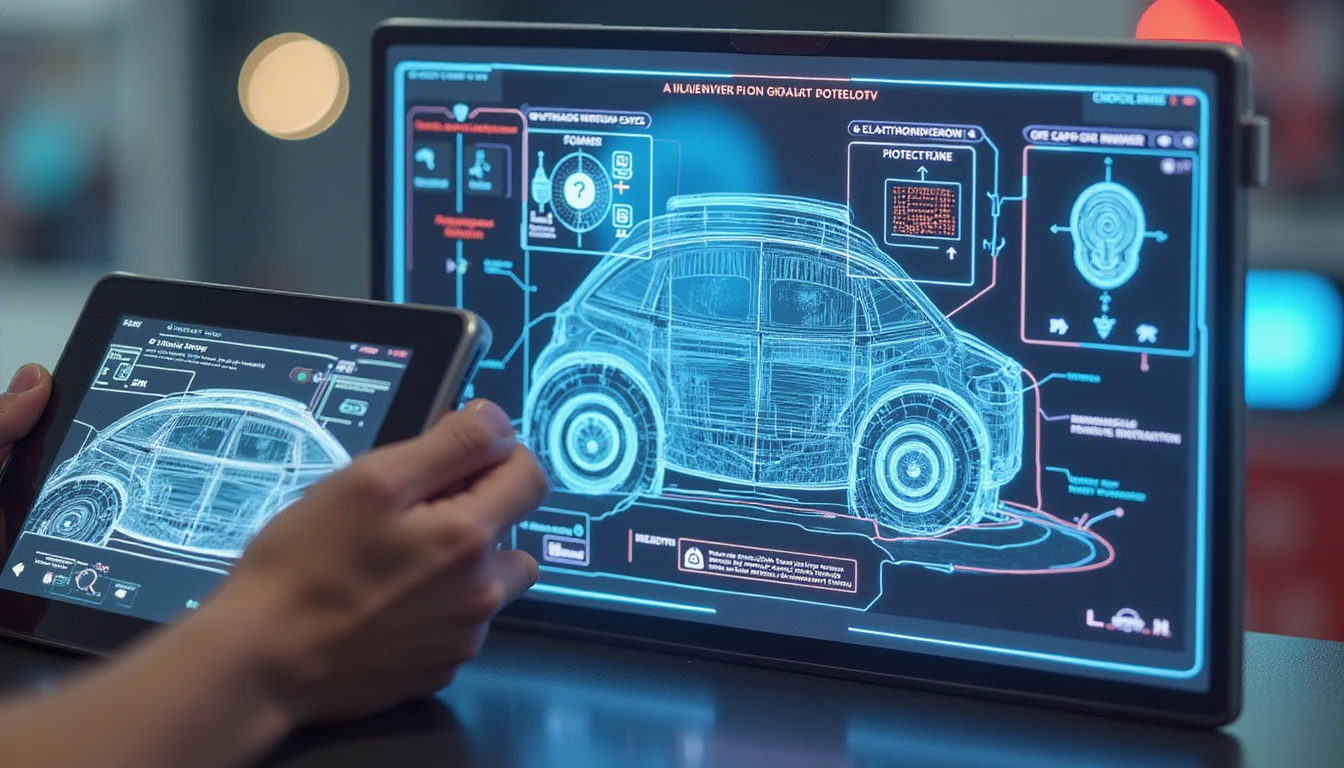Enhance Fraud Prevention: Secure Car Damage Photos Efficiently

In today's fast-paced digital environment, preventing fraudulent car damage photos has become an increasingly crucial aspect of insurance operations. With the advent of advanced AI technologies, fraudsters have honed their skills, making the manipulation of damage photos a significant concern for insurers. This article delves into the rising threat of image-based fraud and introduces VAARHAFT's Fraud Scanner as a vital tool for bolstering the integrity and trustworthiness of insurance processes.
Understanding the Threat: AI-Driven Fraud in Car Damage Photos
The sophistication of AI technology has brought about transformative changes in various sectors, with the insurance industry not being an exception. While AI holds immense potential for improving efficiencies, it simultaneously poses new challenges. Preventing fraudulent car damage photos has become imperative as fraudsters leverage AI to fabricate images that complicate the claims process. Insurers are under increasing pressure to distinguish genuine claims from doctored ones, which can potentially lead to substantial financial losses. The complexity of such fraudulent activities requires advanced solutions that go beyond traditional verification methods. The industry's response must include integrating AI-powered detection tools capable of meticulous image analysis to stay ahead of these evolving threats.
Technological Solutions for Fraud Prevention: VAARHAFT's Approach
VAARHAFT has developed a groundbreaking solution in the form of its Fraud Scanner, specifically designed to address the challenges of preventing fraudulent car damage photos. This innovative tool utilizes state-of-the-art AI algorithms to conduct thorough metadata analysis and image verification, ensuring that only authentic claims are processed. By seamlessly integrating into existing insurance systems, the Fraud Scanner enhances the efficiency of fraud detection without disrupting operational workflows. Its compliance with GDPR further assures stakeholders of data privacy and security, which is a top priority for insurers navigating today's regulatory landscape. Through such technological integration, insurers can significantly mitigate fraud risks while simultaneously streamlining their claims processing procedures.
Enhancing Security and Building Trust with Advanced Tools
In an industry built on trust, enhancing security through robust fraud prevention measures is paramount. VAARHAFT's Fraud Scanner not only prevents fraudulent car damage photos but also strengthens the insurer's reputation for reliability and integrity. By ensuring that claims are verified swiftly and accurately, this tool enhances customer satisfaction and loyalty. Insurers can foster deeper trust with their clients by providing a transparent and efficient claims process, backed by advanced technology. The added capability of SafeCam for live verification of dubious claims further exemplifies VAARHAFT's commitment to comprehensive fraud prevention. Such measures assure policyholders that their legitimate claims are prioritized and processed with precision, solidifying the insurer's standing as a leader in security innovation.
Conclusion: Paving the Way for a Secure Future in Insurance
As the insurance industry evolves, embracing technologies like VAARHAFT's Fraud Scanner is crucial for preventing fraudulent car damage photos. This advanced solution not only safeguards against potential financial losses but also reinforces the trust that is vital to successful insurer-client relationships. Insurers are encouraged to explore VAARHAFT's offerings further by considering a product demonstration or delving into more resources available on VAARHAFT's platform. By proactively adopting these innovations today, insurers position themselves at the forefront of fraud prevention, ensuring a secure and resilient future in a rapidly changing digital landscape.
.png)